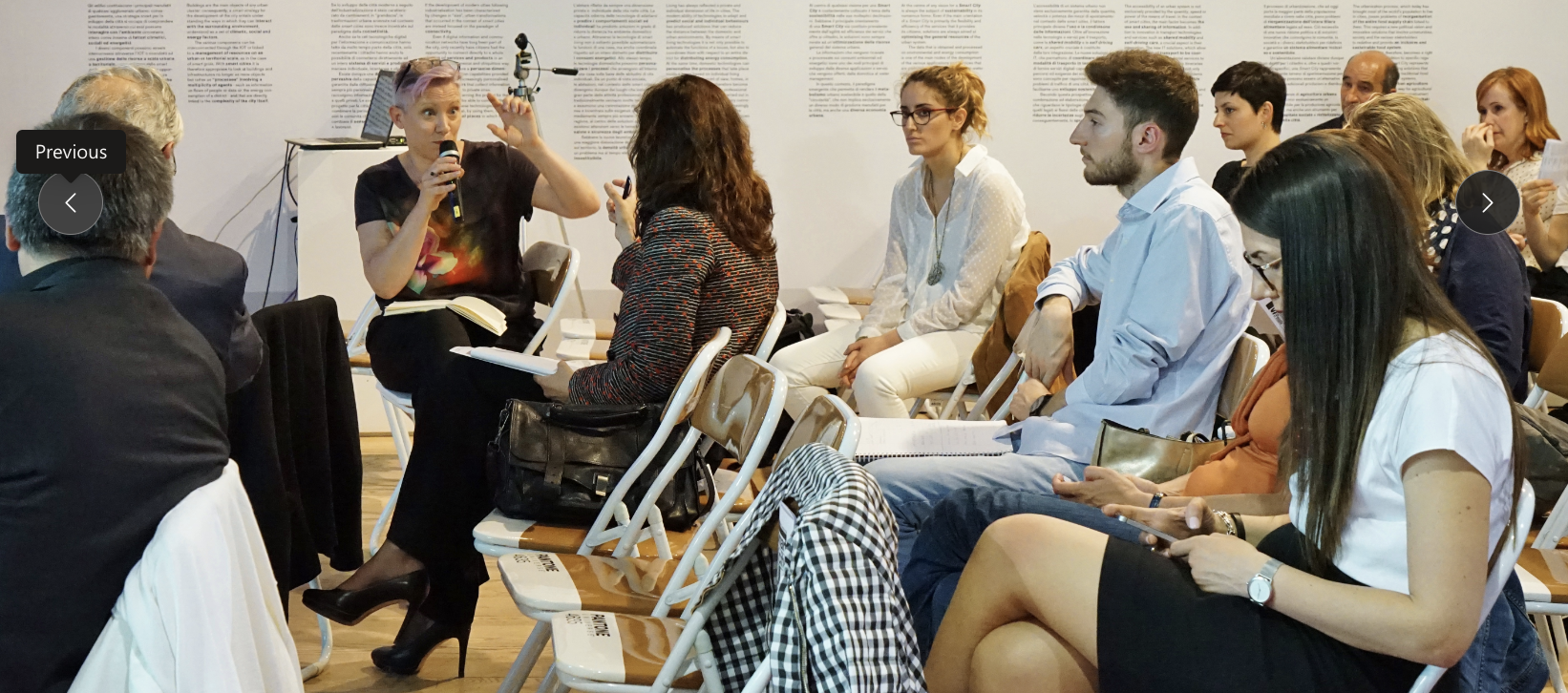RESEARCH
Design, materials & making for social change
Becky has been a design researcher since the late 90’s when she first developed her low-impact exhaust printing technique using recycled polyester. To celebrate 30 years in the business she is opening up her archives to share the wealth of design & materials knowledge that she has amassed over the years. Scroll through & click on the research themes immediately below to view the core questions pursued in her work; scroll further down to find the research communication collections she has put together for easy & quick access to the ideas through different formats.
BIOBASED FROM WASTE
We know that we can make materials from bio resources - from corn or wood pulp - for example. As we evolve the fashion textiles industry to become significantly less impactful, polluting, exploitative & wasteful, we can also make bio-based materials from waste resources. These include food & agricultural waste.
Circularity needs a different approach in every country. Natural resources & waste streams, historic, political & economic contexts, landscape, cultural tastes & available technologies all determine what circularity will look like in a particular region.
GLOBAL MAPPING
PEOPLE, SOCIETY, SELF
Design & remaking are powerful tools that can enable people - individuals & communities - to thrive in the face of adversity. Whilst we need great technological & logistical changes to reprocess and move textiles around in emergent circular systems, new initiatives are often neglecting to tackle the more human-centric challenges.
Inspiring future visions can be powerful tools for change. Circularity can be used as a material & social framework to understand the possibilities of what a healthier tomorrow looks like. How might we design the systems that enable these globally positive futures to come to fruition?
CIRCULAR FUTURES
CIRCULAR SPEEDS
Circular products - recycled & recyclable - can be beneficial to our environmental futures. But tricky to make. So which ones should we focus on? Understanding lifecycle speeds can help us set our goals in the most useful areas.
Turning old textiles into new textiles is a complex but essential global challenge. Blends, finishes, quality, logistics & volumes, all need careful consideration. Designers are part of the teams that are leading the change, via new technologies & material systems.
TEXTILE-2-TEXTILE
METHODS AND TOOLS
Working with the appropriate methods & tools is essential for creating the desired results. Finding new ways to learn, act & change often requires us to think outside of our usual familiar ways. This isn’t always easy & this is where ‘how’ we do things can make all the difference.
DESIGN EDUCATION
Translating cutting-edge research into educational experiences is one of the great privileges of working in a university context. Design educators need to fully understand the impacts of climate change & to be constantly nurturing future designers to be well informed, inspired & ready to act.

Communication
Podcasts
Becky loves to talk… about climate, creativity, community & change. The complete collection of her audio interviews is here.
Keynotes
Panels & Chairing
Circular Cultures
The British Council commissioned Becky to curate a whole line up of events and showcases in February 2020, in Athens.
Writing Collections
-

Becky's Blog
Sustainability stories from life at home & abroad
-

Circular Futures
Circular futures research & remaking insights
-

Circular Speeds
Creative approaches for circular lifecycle speeds
-

Curating Change
Landscaping & reflecting to offer new terrains
-

Leading Change
Creating & supporting new communities
-

Making Change
Accounts of hands-on material explorations









































